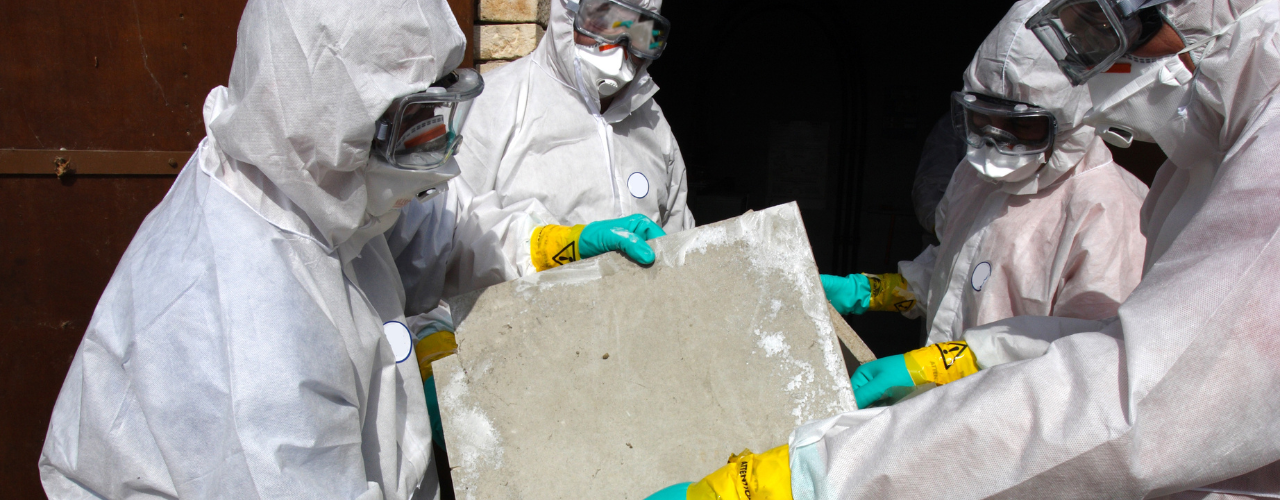Can Drones Help the RAAC Challenges in UK Schools?

October 30, 2023 in Frameworks
We are a month into the new school year and more than 100 schools in England have been told that, if their buildings are made with reinforced autoclaved aerated concrete (RAAC), they will need to close down unless they put in place appropriate safety measures.
Why is it dangerous?
Improper use of RAAC in buildings, without adequate engineering and design considerations, can lead to structural instability, potentially resulting in building failures or collapses, with the chance for serious or fatal injuries.
Additionally, any RAAC collapse or deterioration could disturb hazardous asbestos-containing materials. As most UK schools contain asbestos, disturbing asbestos fibres can lead to health risks when inhaled, potentially causing serious illnesses later in life.
Drones equipped with advanced sensors and cameras offer an innovative, cost-efficient and accurate solution for assessing the condition of RAAC in buildings. This is a great alternative to scaffolding which can be expensive, destructive to learning time and poses health its own and safety risks.
Presently, the focus is on school structures, yet it's crucial to recognise that RAAC is also present in hospitals and local government buildings in which similar measures should be implemented too.
Our framework can help!
LOT 4 of our Emergency Response, Rescue Equipment and Associated Services framework is for the supply of drone and thermal camera imaging.
Sources:


